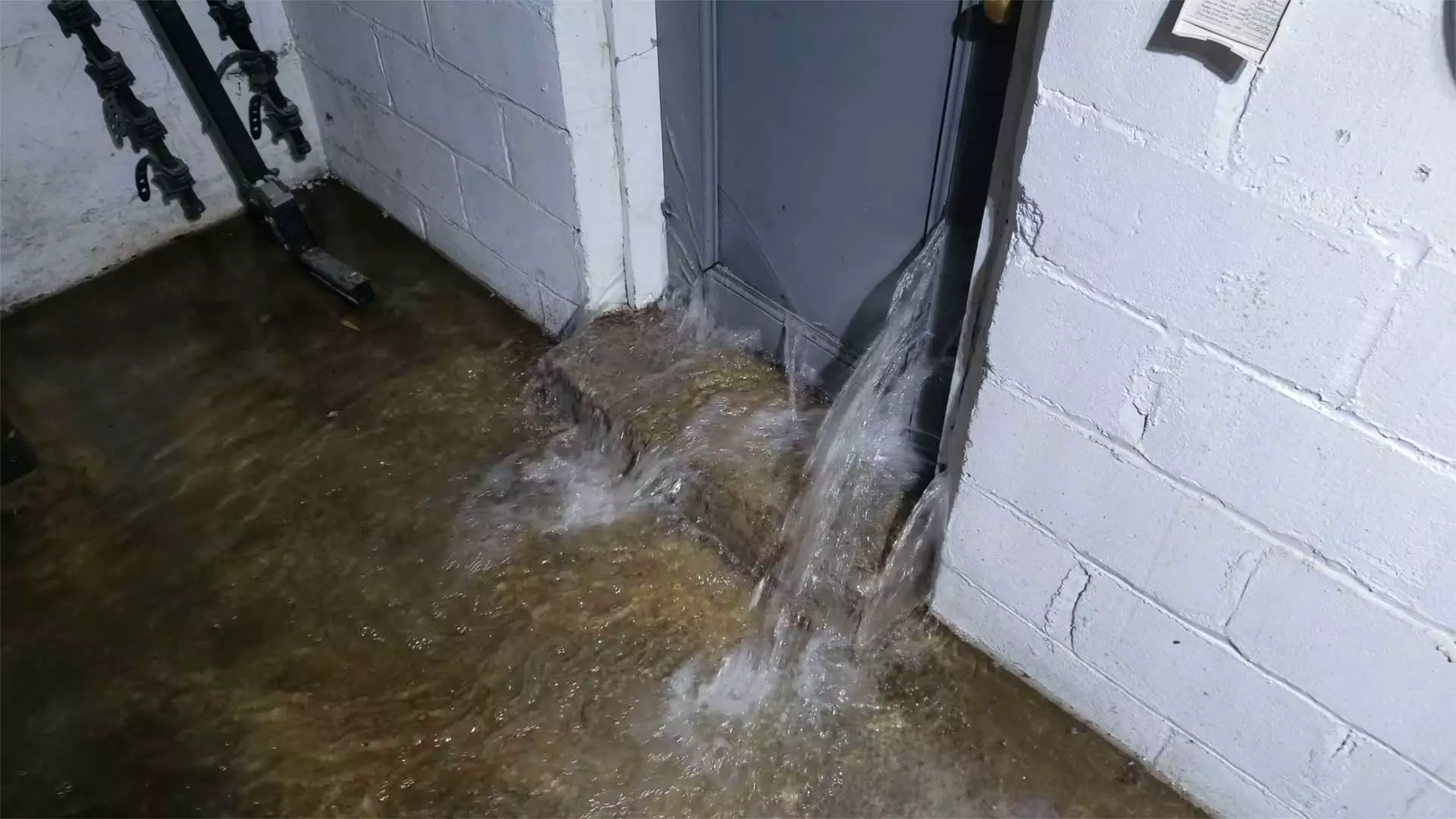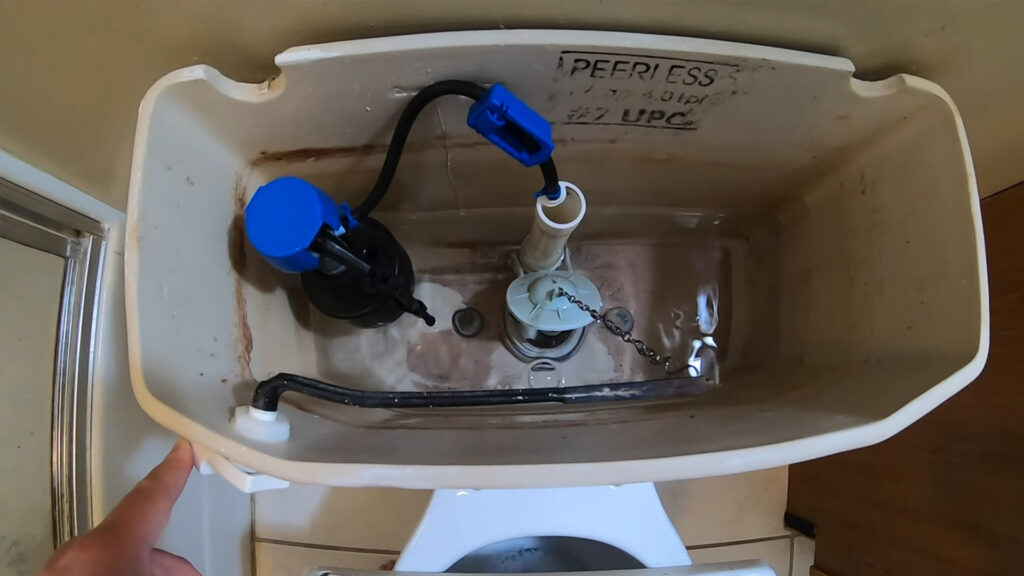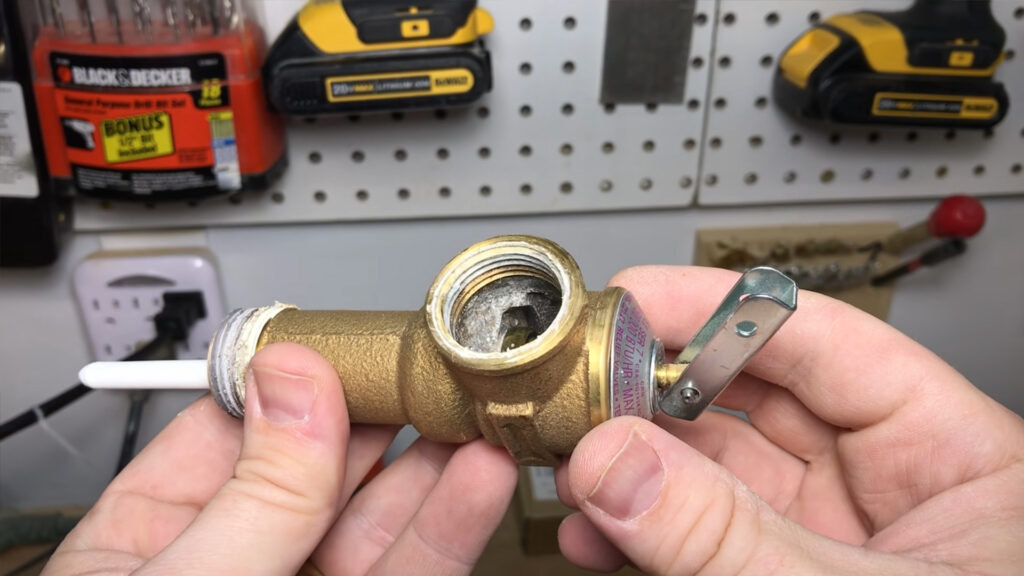Living in a flood plain brings with it unique challenges, particularly when it comes to water damage and insurance coverage. For homeowners in Philadelphia, understanding how flood risks are assessed and how they impact your homeowners insurance policy is crucial. In this article, we’ll explore FEMA flood zone definitions and how these designations can affect your water damage claims.
Understanding FEMA Flood Zone Definitions
The Federal Emergency Management Agency (FEMA) has established a system to categorize areas based on their flood risk. This system is used by insurance companies to determine flood insurance requirements and premiums. The three primary flood zones you should be aware of are:
- Moderate Risk Areas (Zone B and Zone X – shaded)
- High-Risk Areas (Zone A, AE, V, VE)
- Undetermined Risk Areas (Zone D)
1. Moderate Risk Areas (Zone B and Zone X – shaded)
Moderate risk areas, also known as the 500-year flood zones or flood plains, have a lower probability of flooding compared to high-risk zones. While the risk is not as severe, it is still possible to experience significant flooding in these areas.
- Impact on Insurance: In moderate risk areas, flood insurance is typically not required by lenders but is still strongly recommended. Homeowners in these zones may find that their premiums are lower than those in high-risk areas. However, water damage from other sources, such as burst pipes or roof leaks, is usually covered by standard homeowners insurance policies.
- Water Damage Claims: If you live in a moderate risk area, your water damage claim will generally be treated the same as in any other area, as long as the damage is not caused by flooding. However, if the water damage is due to a flood, you will need a separate flood insurance policy to cover the losses.
2. High-Risk Areas (Zone A, AE, V, VE)
High-risk areas are often referred to as 100-year flood zones, where there is a 1% annual chance of flooding. These areas are prone to significant flooding, especially during severe weather events.
- Impact on Insurance: In high-risk zones, flood insurance is typically mandatory for properties with federally backed mortgages. Premiums for flood insurance in these areas are higher due to the increased risk. Standard homeowners insurance does not cover flood-related water damage, making a separate flood policy essential.
- Water Damage Claims: If you live in a high-risk flood zone, your claim may be denied if you do not have the appropriate flood insurance. Water damage resulting from other causes, like plumbing issues, should still be covered by your standard policy, but flooding will not be.
3. Undetermined Risk Areas (Zone D)
Zone D is reserved for areas where flood risks are not fully assessed. This could mean the area is at an unknown level of risk, or that it hasn’t been studied in detail.
- Impact on Insurance: Because the risk is uncertain, insurance companies may approach policies for Zone D areas with caution. Premiums could be higher, and insurers might require additional flood insurance, especially if the property is later found to be at higher risk.
- Water Damage Claims: In Zone D areas, the key is to ensure you have comprehensive coverage, including flood insurance if needed. Without it, any flood-related damage might not be covered, leading to a denial of your claim.
How Flood Zones Affect Homeowners Insurance Policies
Your home’s location within a specific flood zone directly influences your insurance policy’s terms and conditions:
- Premium Costs: High-risk flood zones lead to higher flood insurance premiums. Insurance companies assess the likelihood of flooding and adjust costs accordingly. In Philadelphia, this can mean a significant difference in insurance expenses, depending on whether you are in a moderate or high-risk area.
- Coverage Requirements: Mortgage lenders often require flood insurance for homes in high-risk zones. Failing to maintain this insurance could result in penalties or a lapse in your mortgage agreement.
- Claim Denial Risks: If your home is in a flood plain and you lack the necessary flood insurance, any flood-related water damage claims will likely be denied. Insurers are strict about flood zone requirements, and without the proper coverage, you may find yourself responsible for all repair costs.
Can My Water Damage Claim Be Denied?
In conclusion, the risk of your water damage claim being denied largely depends on the cause of the damage and your existing insurance coverage:
- Flood Damage: If you live in a flood plain and do not have flood insurance, any claim for flood-related water damage will likely be denied. This applies to both high-risk and moderate risk areas.
- Non-Flood Water Damage: Damage from non-flood sources, such as leaks or burst pipes, is usually covered by standard homeowners insurance, regardless of your flood zone. However, ensuring that your policy is up to date and comprehensive is key.
The Impact of a Presidential Disaster Declaration on Water Damage Claims
When a major flood event occurs, the President of the United States has the authority to declare the affected area a federal disaster zone. This declaration can significantly impact how water damage claims are processed and the assistance available to homeowners.
What is a Presidential Disaster Declaration?
A Presidential Disaster Declaration is an official statement by the President that recognizes a specific event, such as a flood, as a major disaster. This declaration typically follows a request from a state’s governor, who assesses the extent of the damage and the need for federal assistance. Once the President declares a disaster, it unlocks various forms of federal aid, including funding from the Federal Emergency Management Agency (FEMA) to assist with recovery efforts.
How Does a Disaster Declaration Affect Water Damage Claims?
- Access to Federal Aid: One of the most significant benefits of a Presidential Disaster Declaration is access to federal disaster relief funds. Homeowners in the declared area may be eligible for grants, low-interest loans, and other forms of assistance to repair or replace damaged property. This aid can be especially crucial for those who lack sufficient insurance coverage.
- Insurance Claim Processing: In the wake of a disaster declaration, insurance companies may expedite the processing of water damage claims due to the increased volume of claims and the recognized severity of the event. Insurers are often more responsive in these situations, understanding the urgency faced by homeowners.
- Potential for Waived Deductibles: In some cases, insurers may waive deductibles for water damage claims resulting from a federally declared disaster. This means that homeowners may not have to pay the out-of-pocket costs typically associated with filing a claim, easing the financial burden during a difficult time.
- Increased Claim Approval Likelihood: The federal recognition of a disaster can also influence the likelihood of claim approval. Insurers may be more lenient in their assessments, recognizing that the damage was caused by an extraordinary event beyond the homeowner’s control. This can be particularly beneficial for those in high-risk flood zones, where claims might otherwise face stricter scrutiny.
- Expanded Coverage Options: Following a disaster declaration, some homeowners may have the option to purchase additional insurance coverage through the National Flood Insurance Program (NFIP). This can provide protection against future events and offer peace of mind to those in flood-prone areas.
What Should You Do After a Disaster Declaration?
If a disaster has been declared in your area, it’s important to take immediate steps to protect your property and begin the claims process:
- Document the Damage: Take photos and videos of the water damage as soon as it is safe to do so. This documentation will be crucial when filing your insurance claim.
- Contact Your Insurance Company: Notify your insurer as soon as possible to start the claims process. Ask about any specific steps you need to take and whether any deductibles might be waived.
- Apply for Federal Assistance: Visit FEMA’s website or contact them directly to apply for disaster assistance. Even if you have insurance, federal aid can help cover gaps in your coverage.
- Work with a Restoration Professional: Consider hiring a water damage restoration company like Philly Damage Restoration to assess and repair the damage. Professional restoration services can also assist in documenting the damage for your claim and navigating the complexities of the insurance process.
Navigating Insurance Reimbursements and Side Clauses in Water Damage Claims
When dealing with water damage in your home, understanding how insurance reimbursements work and what side clauses may be hidden in your policy is essential. These elements can significantly impact the amount of compensation you receive and your ability to recover from the damage.
Understanding Insurance Reimbursements
Insurance reimbursements refer to the amount of money your insurance company agrees to pay for the damage covered under your policy. However, the process is not always straightforward, and several factors can influence how much you receive:
- Actual Cash Value (ACV) vs. Replacement Cost Value (RCV): Policies typically reimburse based on either ACV or RCV. ACV covers the depreciated value of your damaged property, which might leave you short on funds needed to fully restore or replace it. RCV, on the other hand, covers the cost to repair or replace the damaged item at current market prices. Knowing which type your policy provides is crucial in estimating your reimbursement.
- Deductibles: Your deductible is the amount you must pay out of pocket before your insurance coverage kicks in. For example, if your water damage claim is $10,000 and your deductible is $2,000, you will receive $8,000 from the insurance company. Understanding your deductible amount helps you prepare financially for the upfront costs associated with a claim.
- Limits of Liability: Every policy has a maximum payout limit, which is the most your insurer will reimburse for a covered loss. If the water damage exceeds this limit, you will be responsible for the remaining costs. Be sure to check your policy’s limits and consider whether additional coverage might be necessary.
Hidden Side Clauses in Water Damage Policies
Side clauses, also known as exclusions or endorsements, are additional terms and conditions in your insurance policy that can affect your coverage. These clauses can either limit or expand your policy’s protection, depending on how they are worded.
- Exclusions for Gradual Damage: Many policies exclude coverage for damage that occurs gradually, such as a slow leak that leads to mold or rot over time. If your water damage is determined to be the result of long-term neglect or wear and tear, your claim could be denied. It’s important to regularly inspect your home and address potential issues before they lead to significant damage.
- Water Backup Endorsements: Standard homeowners insurance often does not cover water damage caused by backups in sewers or drains. However, you can add a water backup endorsement to your policy, which provides additional coverage for such events. Without this endorsement, you might find yourself without reimbursement if your water damage is due to a backup.
- Flood Insurance Requirements: As discussed earlier, standard homeowners policies do not cover flood damage. If you live in a flood-prone area, you will need a separate flood insurance policy. Some homeowners may overlook this requirement, only to discover after a flood that their water damage is not covered.
- Anti-Concurrent Causation Clauses: This lesser-known clause can deny coverage if a covered peril (like wind) and a non-covered peril (like flood) happen simultaneously or in succession, causing damage. For example, if a hurricane causes both wind and flood damage, and your policy excludes flood coverage, the insurer might deny the entire claim under this clause.
- Maintenance Obligations: Some policies include clauses that require the homeowner to maintain the property to a certain standard. Failing to do so could result in a reduction or denial of your claim. For instance, if your water damage is due to a roof leak and the insurer determines that the roof was not properly maintained, they might refuse to cover the damages.
Maximizing Your Reimbursement
To ensure you receive the maximum reimbursement for your water damage claim:
- Review Your Policy Regularly: Familiarize yourself with the details of your insurance policy, including any side clauses that may affect your coverage. If you have questions, don’t hesitate to ask your insurance agent for clarification.
- Document Everything: Keep detailed records of the damage, including photos, videos, and receipts for any repairs or temporary measures you take to prevent further damage. This documentation will be crucial when submitting your claim.
- Consider Professional Help: Hiring a public adjuster or a restoration company experienced in handling insurance claims can help you navigate the complexities of the claims process. They can advocate on your behalf to ensure that you receive the full amount you’re entitled to under your policy.
- Update Your Coverage: As your home ages or undergoes improvements, update your insurance coverage to reflect the current value and potential risks. This may include adding endorsements or increasing your coverage limits to better protect your property.
Taking Action in Philadelphia
For homeowners in Philadelphia, where varied flood zones exist due to the city’s proximity to rivers and coastal areas, it’s crucial to understand your risk and take appropriate measures. Review your insurance policy regularly, consult with your insurance provider about flood insurance, and consider the specific risks associated with your location.
Philly Damage Restoration is here to assist you in navigating water damage, whether from flooding or other causes. Our experts are equipped to help you manage claims, restore your property, and ensure you’re prepared for future incidents. Reach out to us today for a consultation and peace of mind.







